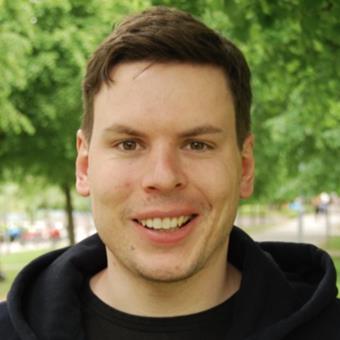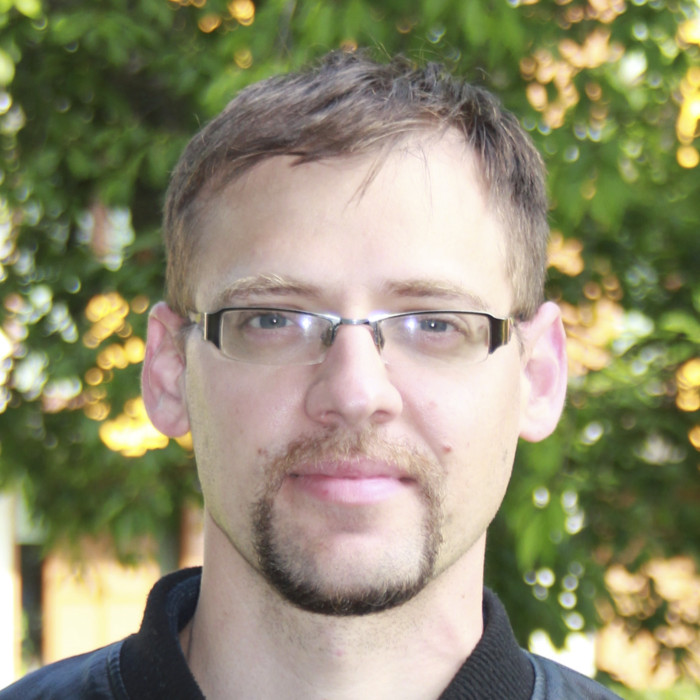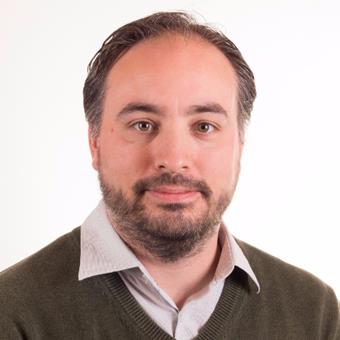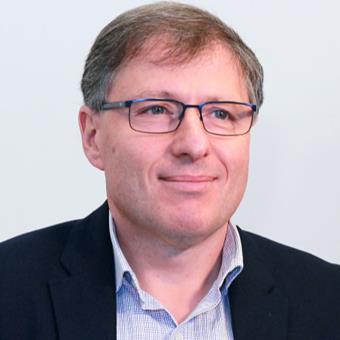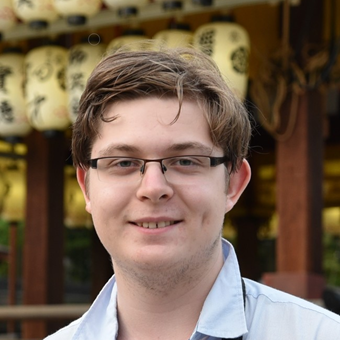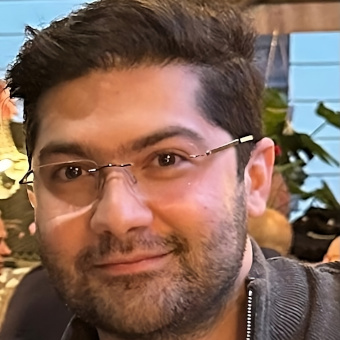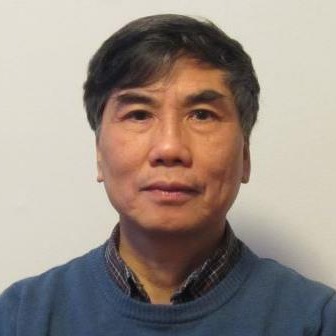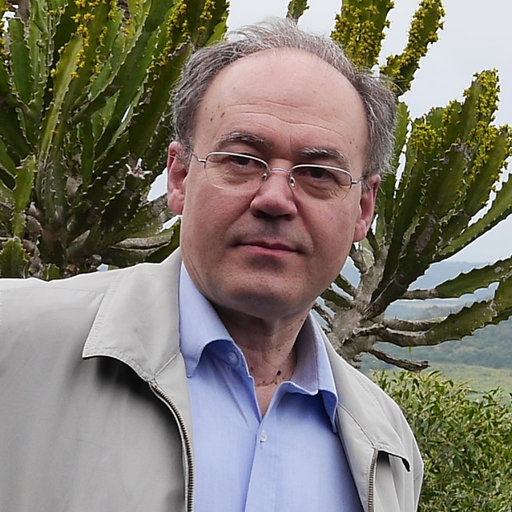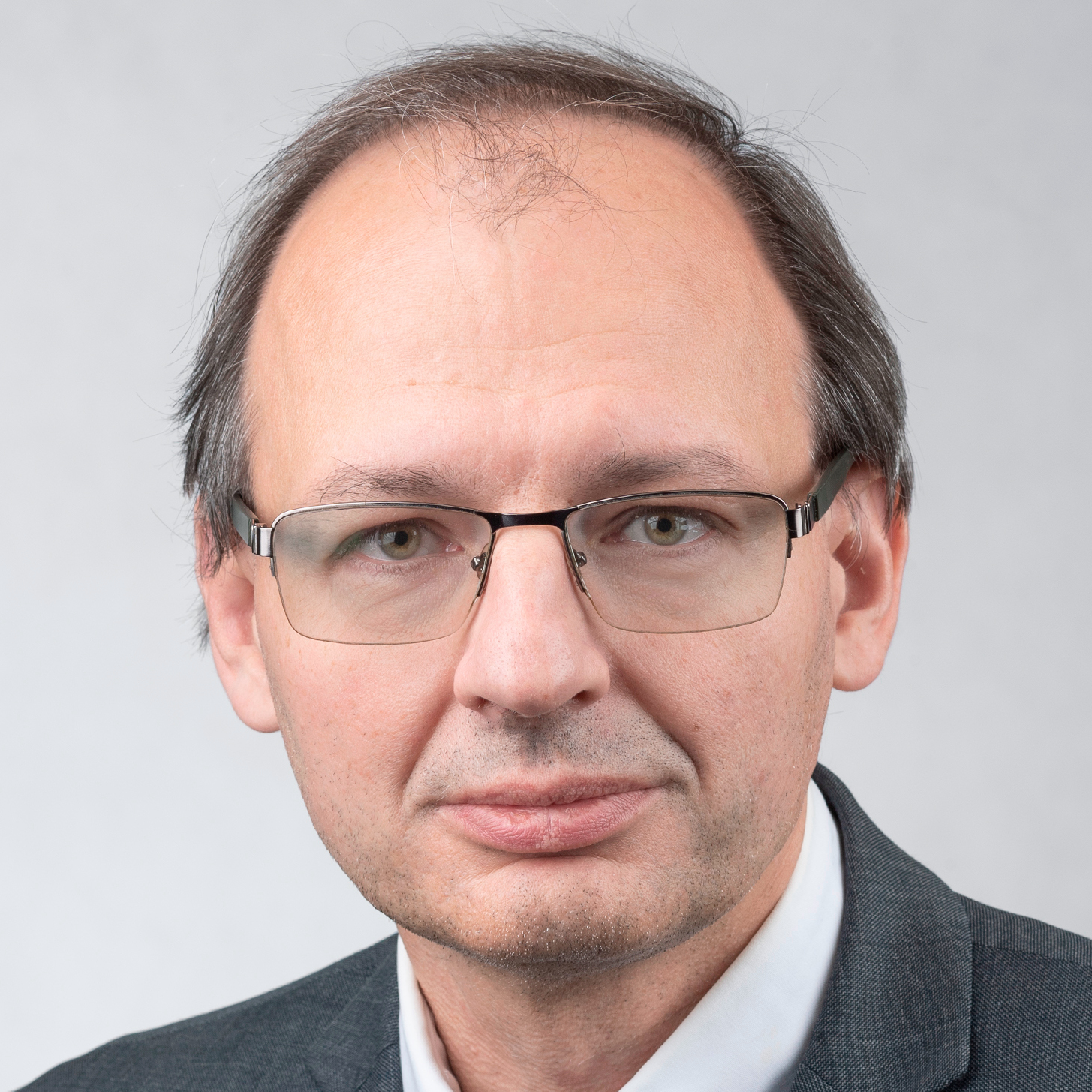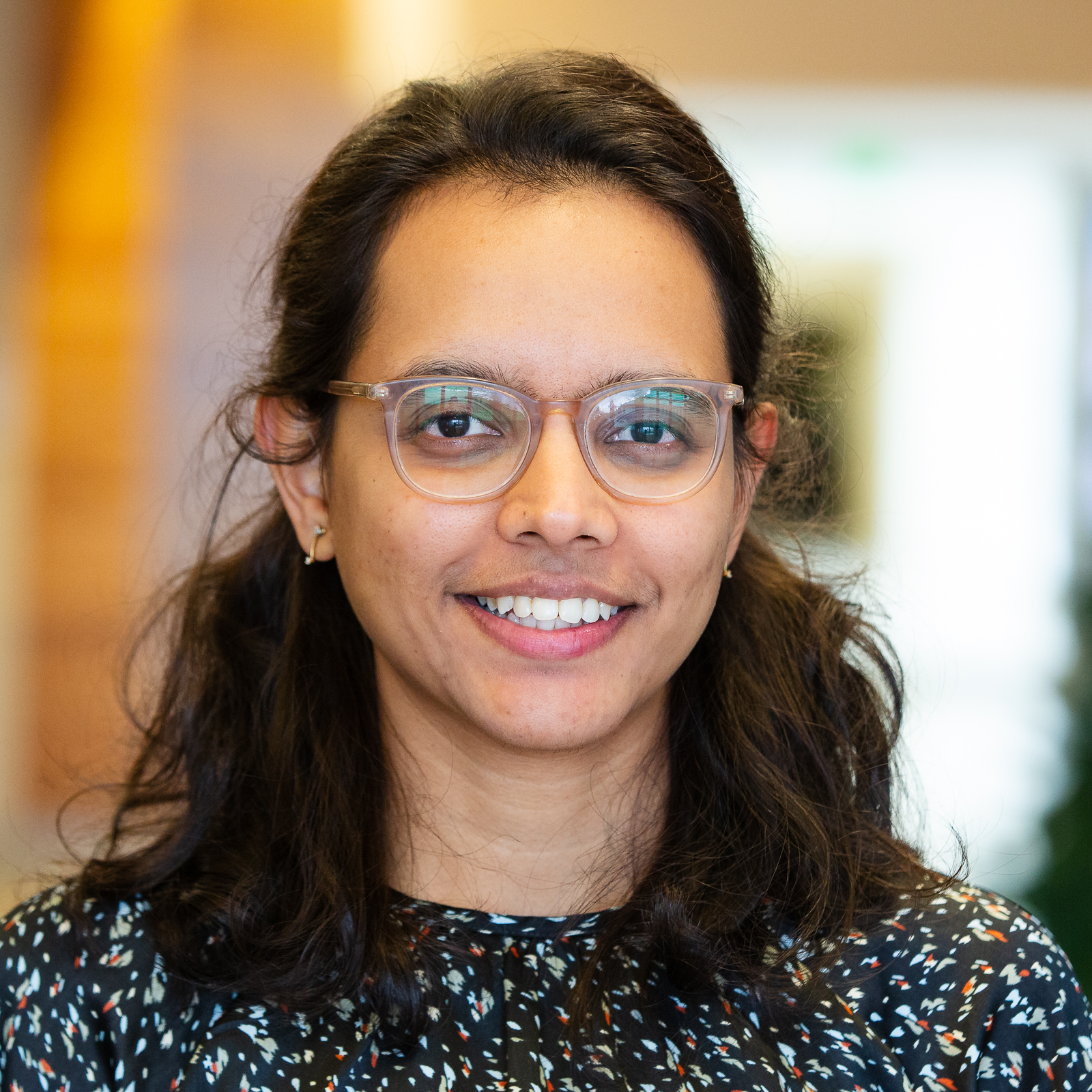About ADAQ and the ADAQ Database
The Automatic Defect Analysis and Qualification, ADAQ, is a software platform for automatic workflows for high-throughput calculations of point defects in semiconductors. ADAQ is an extension to the high-throughput toolkit, httk. See the ADAQ framework web page for more information.
The ADAQ Database provides a powerful web user interface to interactively navigate and search a rich dataset of defects and their properties. It is implemented using the httkweb web user interface engine in httk.
The ADAQ Database is maintained by the Unit of Materials Design and Informatics at Theoretical Physics at Linköping University (LiU) in Sweden.
ADAQ Database Initiative
Contributors of Data and Methodology
Collaborators
1 Semiconductor Materials, Linköping University, Sweden.2 Semiconductor Nanostructures, Wigner Research Centre for Physics, Hungary.
3 Argonne National Laboratory, USA.
4 Pritzker School of Molecular Engineering, University of Chicago, USA.
Website Development
- Andreas Hertin
- Gunnar Wickbom
- Alice Eriksson
- Oskar Bollner
Contact
The ADAQ initative lead can be contacted at: joel.davidsson@liu.se
For help and discussions about ADAQ and the ADAQ database, please use the ADAQ discussion forum.
News and announcements
We use the announcement section of our GitHub discussion forum to announce new features, availability of new data, and events we organize related to materials design and discovery (e.g., workshops). You can subscribe to these announcements via a third-party email list service at this subscription link.
The announcements are also available via this RSS link.
Legal and privacy information
Database licensing
Individual database entries, and non-substantial sets of them, and other extracts from the database that do not constitute a substantial part of the ADAQ Database are available under the CC BY-SA 4.0 license. To the extent one can ascribe protection to collections of specifically the database field "Defect ID", even substantial or complete collections of such IDs are available under the same license.
Other than as described above, we retain the rights protecting the ADAQ Database itself and excerpts that constitute substantial parts of it. Hence, if you need to reproduce a substantial part of the ADAQ Database, for example, to publish a data set from a research project where the published data would include (rather than reference via Defect IDs) large parts of the data we provide, please contact us.
Note: the above statements apply to the ADAQ Database and its contents, and do not cover the ADAQ workflow software or other related software packages. For licensing information for these software packages, please refer to, e.g., their respective source code repositories.
Helpful information on the protection of databases is available, e.g., from europa.eu and the European Intellectual Property Rights Helpdesk (EHD).
Linked third-party services. This website contains links to various third-party services that we use, e.g., to post information related to our activities. These third-party services operate as separate entities from this website and our services. Visits to them are subject to their own respective terms of service and privacy policies.
Cookies. This website does not use cookies.
Website visitor analytics. We occasionally review aggregated anonymized usage statistics based on webserver log data.
Acknowledgements
The main part of our computations has been performed at the Swedish National Infrastructure for Computing (SNIC) and National Academic Infrastructure for Supercomputing in Sweden (NAISS).
We are grateful for funding provided by:
- The Knut and Alice Wallenberg Foundation project grant WBSQD2 (No. 2018.0071)
- Swedish e-science Research Centre (SeRC).
- The Swedish Research Council (VR) Grant No. 2022-00276 and Grant No. 2016-04810.
- EDU-WACQT for student summer worker support for website development.
And computational resources:
-
The computations were enabled by resources provided by the National Academic Infrastructure for Supercomputing in Sweden (NAISS) and the Swedish National Infrastructure for Computing (SNIC) at NSC and PDC partially funded by the Swedish Research Council through grant agreements no. 2022-06725 and no. 2018-05973.
- Grants: NAISS 2024/3-4, NAISS 2023/3-2, SNIC 2022/3-8, SNIC 2021/3-3, SNIC 2020/3-7, SNIC 2020/1-19, SNIC 2019/2-9, SNIC 2018/3-640.
- Grants: NAISS 2024/3-4, NAISS 2023/3-2, SNIC 2022/3-8, SNIC 2021/3-3, SNIC 2020/3-7, SNIC 2020/1-19, SNIC 2019/2-9, SNIC 2018/3-640.
-
Partnership for Advanced Computing in Europe (PRACE) 24th call Tier-0 allocation No. 2021250069.
-
Euro-HPC Regular Access allocation EHPC-REG-2022R03-198.
-
We acknowledge the National Academic Infrastructure for Supercomputing in Sweden (NAISS) and the Swedish National Infrastructure for Computing (SNIC) partially funded by the Swedish Research Council through grant agreements no. 2022-06725 and no. 2018-05973 for awarding this project access to the LUMI supercomputer, owned by the EuroHPC Joint Undertaking, hosted by CSC (Finland) and the LUMI consortium.
